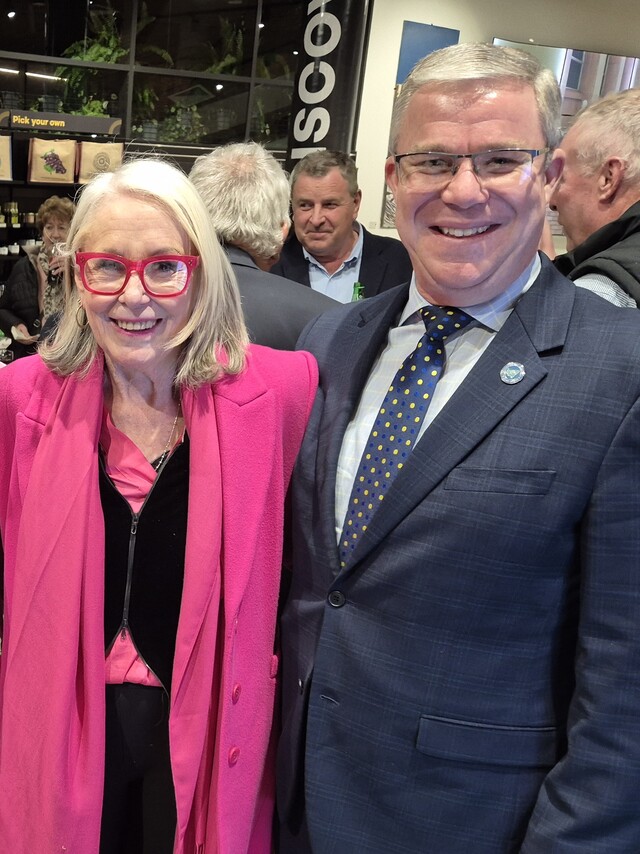Redland’s Cleveland Sewerage Treatment plant is at the forefront of moves towards ecological sustainability.
The Cleveland plant is home to the biggest Local Government worm farm in Australia. After 15 months of operation, it has 14 beds containing more than 140 tonnes of worms. Munching away, each year, the worms turn 10,000 tonnes of sewerage sludge into an organic soil conditioner known as Bioverm.
Mayor Eddie Santagiuliana said the facility has spent much of the first year of its operation perfecting conditions for the worms. He said shade cloths have been placed over all the beds to protect the worms from birds, and equipment has been updated to ensure maximum feeding rates.
“Redland Shire Council’s first goal of the project has been achieved, we no longer send waste sludge to landfill sites, which is a plus for the environment,” the Mayor said. He said the site is also home to a very detailed study into the water, nutrient and salt balances of trees and pasture that had been irrigated with secondary treated effluent.
“The project is affectionately known as the WC Fields experiment and is being run by the Department of Natural Resources in association with the University of Queensland.”
Effluent irrigation is used by many Councils because it is simple and improves crops. However, it can lead to excessive nutrient leakage to creeks and groundwater and cause environmental harm. This study will provide Council with details of how well trees and plants take up the nutrients and for how long.
To date, the study has shown that trees use a little more water than grass but store a lot more nitrogen and phosphorous per hectare. However, this does not continue once they reach maturity.
Results from the study will allow Council to estimate the area, and the mix of pasture and trees that are needed to reuse a given volume of effluent from the Cleveland sewerage treatment plant without causing environmental harm.
As evidence of the environmental health of the project, several koalas have taken up residence in the swamp mahogany trees used for the study.







